
In a nocturnal world of oily shadows, where darkness cuts into damp surfaces illuminated by solitary swinging lightbulbs, the green-goggled man is king. By the time the third entry in the Splinter Cell series, Chaos Theory, was released in 2005, we were already well acquainted with Sam Fisher’s skill set; with just a year between this and his previous outing, we thought we knew what to expect, and expectations were high.
But in that short time between the two games, the industry straddled a technological revolution like Sam Fisher straddles a narrow corridor with his split-jump; unthinkable things became possible through untapped tech like normal mapping and HDR lighting, playing right into – while also shaping – Ubisoft’s vision for Chaos Theory. This wouldn’t just be the third iteration of an already excellent series, but one of the greatest stealth games of all time.
After Pandora Tomorrow was made by Ubisoft Shanghai, development on the third game returned to where it all began – Ubisoft Montreal. The focus at this time was on making games work on the original Xbox, and the presence of former Nvidia chip designer Danny Lepage as a programmer on the game meant the team had insider knowledge on how to maximise the console’s graphical horsepower (and in turn not restrict the PC version).
Esta historia es de la edición May 2022 de PC Gamer.
Comience su prueba gratuita de Magzter GOLD de 7 días para acceder a miles de historias premium seleccionadas y a más de 9,000 revistas y periódicos.
Ya eres suscriptor ? Conectar
Esta historia es de la edición May 2022 de PC Gamer.
Comience su prueba gratuita de Magzter GOLD de 7 días para acceder a miles de historias premium seleccionadas y a más de 9,000 revistas y periódicos.
Ya eres suscriptor? Conectar

A New Dawn - The rise, fall and rise again of PC Gaming in Japan
The so-called 'Paso Kon' market (ie katakana's transliteration of 'Pasonaru Computa') in Japan was originally spearheaded in the 1980s by NEC's PC-8800 and, later, its PC-9800.
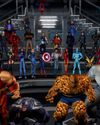
MARVEL: ULTIMATE ALLIANCE
Enter the multiverse of modness.
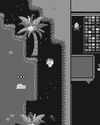
SLIDES RULE
Redeeming a hated puzzle mechanic with SLIDER
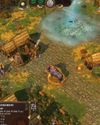
GODS AND MONSTERS
AGE OF MYTHOLOGY: RETOLD modernises a classic RTS with care

PHANTOM BLADE ZERO
Less Sekiro, more Wo Long: Fallen Dynasty

STARR-MAKING ROLE
Final Fantasy XVI's BEN STARR talks becoming a meme and dating summons

THIEF GOLD
Learning to forgive myself for knocking out every single guard.

HANDHELD GAMING PCs
In lieu of more powerful processors, handhelds are getting weirder
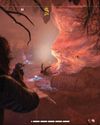
FAR FAR AWAY
STAR WARS OUTLAWS succeeds at the little things, but not much else shines
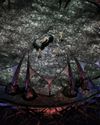
FINDING IMMORTALITY
Twenty-five years on, PLANESCAPE: TORMENT is still one of the most talked-about RPGs of all time. This is the story of how it was created as a ‘stay-busy’ project by a small team at Black Isle Studios